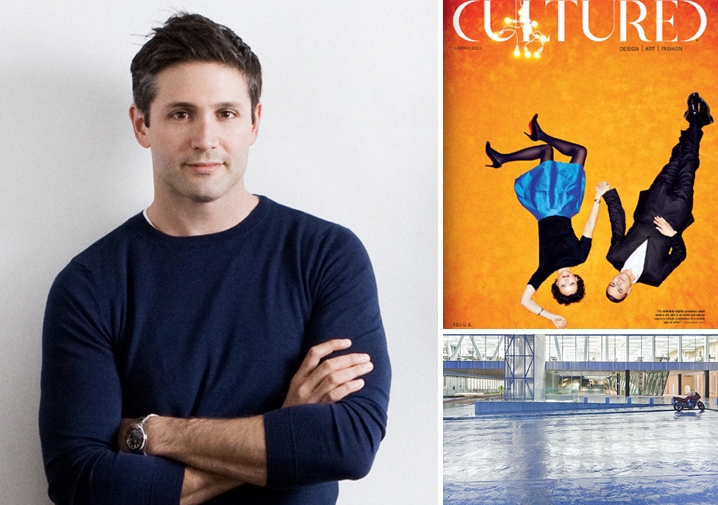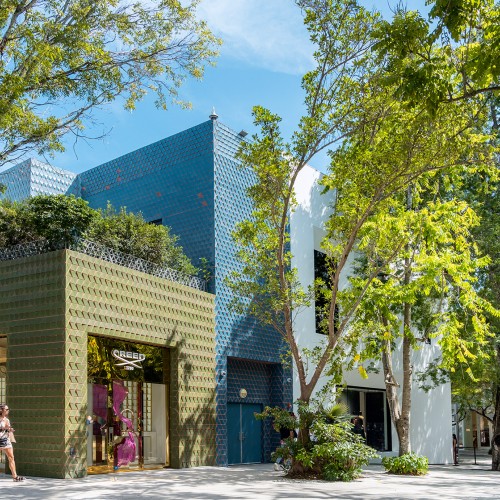Though Architizer was an experiment at inception, it wasn’t long before founder Marc Kushner could predict its success. At the online architecture database’s launch party, on a warm November 2009 night in New York City, Kushner says, 300 people showed up at Storefront for Art and Architecture—“a space that can hold around 80 people on a good day.” Kushner, an architect who’d launched the website because of a dearth of commissions, had planned a cheap party. “All we had money to do was print some flags and buttons,” he recalls. “Everyone was waving the flags and had their fists up in the air, and it was like, holy shit, we really touched a nerve. People are hungry for an opportunity to talk about what we do as architects in a different context.”
Fast-forward a few years and the context that Architizer provides—uniting novice-friendly images of beautiful, far-flung projects with an insider-attracting database of global architects—has since become wildly successful. Kushner wanted to bring new commissions to struggling architects, and today success stories include a renovation for Christie’s by Axis Mundi Design, solicited on the merit and exposure of the firm’s Whitney Museum redesign proposal and collaborations with the BOFFO Building Fashion pop-up competition. But though The New York Times called Architizer “a hybrid of Facebook, Flickr and LinkedIn for architects,” the site also aims to bring buildings to a wider public of non-architects. And it’s working: As of press time, Architizer had 730,000 Facebook “likes.”
The site’s newest venture, the A+ Awards, was directly connected to this goal. “Most award programs are architects asking other architects to judge their architecture so they can tell other architects what the best architecture is—it’s an echo chamber,” says Kushner.
One A+ prize, by contrast, was awarded by a jury of 200 professionals, ranging from architecture photographer Iwan Baan to Zappos CEO and urban design buff Tony Hsieh, as well as engineers, developers, curators, critics and architects. A Popular Choice award activated a broader viewership. With competition categories including the traditional (single-family home, museum, landscape) and innovative “Plus Awards” that highlighted specific “Architecture Plus”—plus farming, plus branding, plus economic crisis, to name a few of the 20 categories—the awards pulled idiosyncratic projects to the fore of a growing community.
Indeed, a group of winning Spanish architects hosted an ancillary event the same week as the A+ Awards’ May gala to celebrate winners from Spain—just the sort of democratic event Kushner hoped for. “That,” he says, “just makes my heart sing.”
This article first appeared in the Summer 2013 issue of Cultured.



